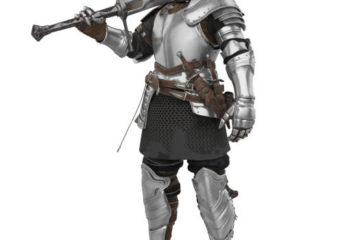How to choose running shoes?

by Craig Payne August 24, 2022
Athletic shoes can be found in a multitude of different designs that are not just unique depending on the coloring. They could have different levels of padding, unique amount of heel raise and various degrees of bend within the midsole. The mixture of those and a lot of various other distinct design functions in the running shoe result in the variety being rather large. These may leave the runner relatively confused as to what kind of athletic shoes is the best. Because they are all so distinctive there is absolutely no such thing as being the very best athletic shoes, with the best for one athlete being rather unique for what is the best for yet another runner. The problem is working out what is the better to suit your needs. Different athletes possess different running techniques, distinct foot contours and distinct objectives. Most of these and a great deal more need to be taken into consideration to acquire the best running footwear for every individual runner.
One example is, one relatively odd as well as extreme difference in models that has had several tries to get to market with a few setbacks and few reaching market are running footwear without any heels. These shoes have the heel area cut out of the midsole. These types of heel less running shoe or floating heel running shoes are built to make certain the runner hits the road using the midfoot or forefoot as opposed to the rearfoot. The idea would be to attempt to prevent the high impacts which are associated with rearfoot striking which are assumed is the root cause of lots of running injuries. Hitting the road with the front foot is believed to be much better for the runner. The issue with that assumption is that it is not supported by any evidence. If anything the data actually supports the injury rate in runners is the same regardless how they hit the ground, although they can get different types of overuse injury. This means that there isn’t any natural gain in making use of a heel less running shoe versus a standard shoe which allows rearfoot striking. The option of which of the design attributes a runner should get is probably going to be according to a great deal of things. For instance should they have a medical history of rearfoot striking related injuries, they don’t have anything to lose by using these heel less or floating heel running footwear.
While this example of the heel less running footwear is sort of extreme it can point out the problem that athletes have got in choosing which running shoe is best for them. A decent principle is to try to maintain running in the footwear you will be presently in should it be working. A beginning runner or possibly a runner wishing to change what running shoes which they run in are better off getting assistance from a specialist running shoe store. They are going to measure the foot shape and running technique as well as inquire about the goals of the runner along with what they would like to achieve and then match that up with the very best running footwear in order to meet those requirements.
For the latest of heel less running shoes:
https://themedicaldispatch.com/heelless-running-shoe-that-allegedly-prevents-injuries/







No Comment